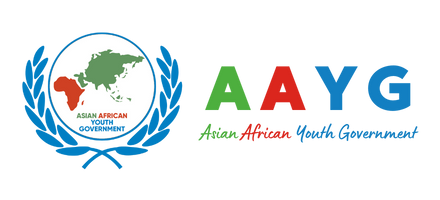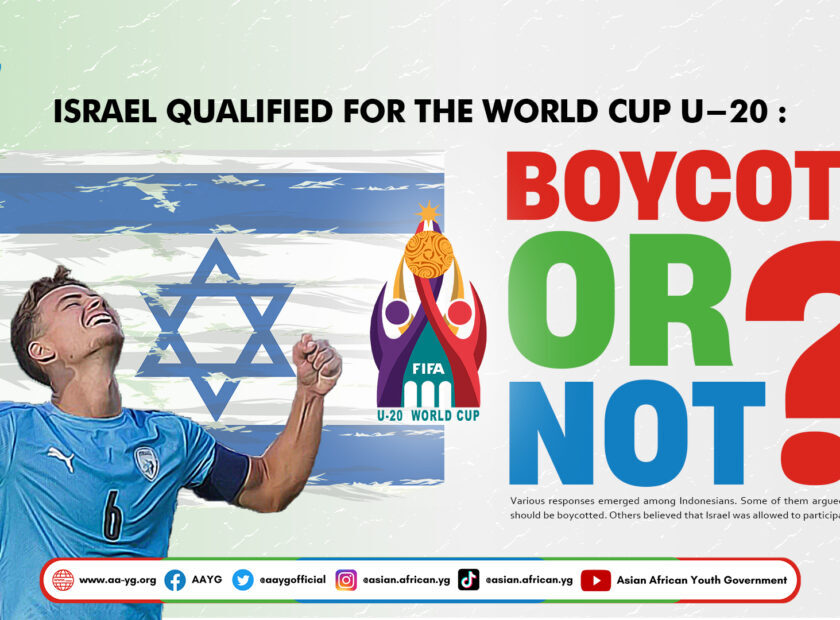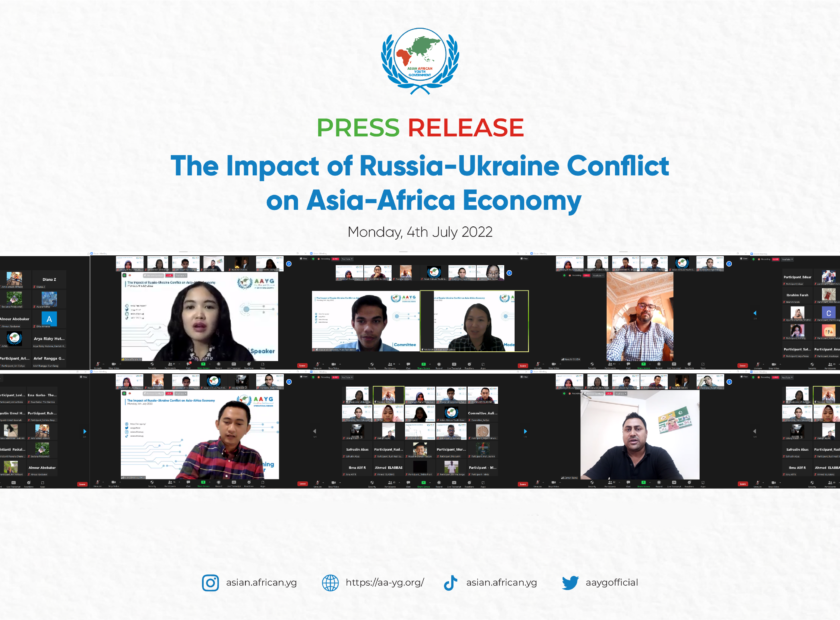
ASEAN Maritime Security Cooperation : Progressing or Regressing?
The maritime security phrase had emerged in the late 1990s, the buzzword may have no established working definition, however, the buzzword is termed broadly on several limited key issues per se, piracy and armed robbery or illicit crimes at sea rather than that of maritime security specifically.[1] And by 2003, the issue began to be prioritised as a regional concern, making its pathway into one of the main topics highlighted by the ASEAN Regional Forum (“ARF”) which called for a more comprehensive guideline, this eventually led to the establishment of the ASEAN Maritime Forum (“AMF”).[2] Subsequently, several institutional changes drove maritime security to the forefront of ASEAN.
In October 2003, the second Declaration of ASEAN Concord or the Bali Concord II had established maritime security as a rather organisational goal and acknowledged the need for a regional response based on shared ‘common values’ on addressing the existing maritime threats. This notion was then followed up in the ASEAN Political-Security Community (“APSC”) Blueprint in 2015. As a result of this, maritime security cooperation was incorporated to become part of ASEAN’s security agenda. Additional contributors were the involvement of several partners, per se, Japan in the Regional Agreement on Cooperation Against Armed Piracy in 2006.
While it may seem that ASEAN has recognised the multifaceted characteristics of maritime issues in the region, further action to formally institutionalise maritime issues in the context of having a sustainable midlevel-based chain of commands remains to be pending. The progress lies still within the veins of the ASEAN Political-Security Community Blueprint 2025 and ASEAN Regional Forum’s Work Plan for Maritime Security 2018-2020, which focused on exchanges of best practices and confidence-building measures based on both international and regional legal frameworks.
Unlike several other regional-based organisations, legal instruments pertaining to maritime security in the ASEAN region persisted in the forms of action plans and non-binding documents, which presented themselves as arrangements of dialogues and agreements between member states involved, an example of this could be observed in the Trilateral Cooperative Agreement (“TCA”) between Malaysia, Indonesia, and the Philippines, which includes air and maritime patrolling aiming at combatting transnational crimes in the Sulu Sea, where each participating nation acts as a hub for operations. On the other hand, a set of specific working definitions are also yet to be encountered when it comes to maritime security itself in the overall ASEAN context and remains lenient to whichever documents or operations shall the terming be applied to.
As insofar, the United States has been a great major player and contributor in the ASEAN’s maritime security game, with a $150 million investment which promised towards climate action, sustainable development, education, health and maritime cooperation.[3] Mainly under the motive of the new Indo-Pacific Economic Framework (“IPEF”), which was considered to be crucial enough in the White House’s competition with Beijing. In this case, the progression which could be seen under the banner of maritime security is none other than the shifting of prioritisation in maritime cooperation, of which is to be among the precedence of the ASEAN Outlook on the Indo-Pacific,[4] along with connectivity, sustainable development and economic cooperation. Whereas, the aim of this particular cooperation was none other than to strengthen ASEAN centrality and address existing regional challenges.
On the other hand, corporation between the East Asian region and Southeast Asia seemed to linger, largely due to the diversity of the maritime geography which led to a marked trust deficit among East Asian states.[5] In one instance, in some specific and discrete sea areas, some coastal states have allowed for nationalistic sovereignty rights to get out of hand, further adding more additions to the complexity of the existing problems.
At this particular discourse, it’s wise to assume that a progression although, not significantly large in terms of giving borne to a substantive result, could be noticeable in the case of maritime security in the Southeast Asian region. The mechanisms have been rather fruitful in generating commitment, creating relevance to the existing issues at hand, and common gradual expansion of networking between that external parties.
Writer : Friliana Susanto (@freely.anna) – Writer AAYG Internship 1.0
Designer : Fawziyah Nurul Huda (@jiiiiyaaaa_) – Designer AAYG Internship 1.0
_____________________
[1] Tharisini Krishnan, “The Future of ASEAN Maritime Security Cooperation” accessed in https://www.eastasiaforum.org/2022/06/17/the-future-of-asean-maritime-security-cooperation/.
[2] I Gusti Bagus Dharma Agastia, “Maritime Security Cooperation Within the ASEAN Institutional Framework: A Gradual Shift Towards Practical Cooperation” in Journal of ASEAN Studies Vol. 9 No. 1 (2021), p. 27.
[3] Julio S. Amador III and Lisa Marie Palma, “What does ASEAN Want from Washington?” accessed in https://www.eastasiaforum.org/2022/06/17/what-does-asean-want-from-washington/.
[4] Kavi Congkittavorn, “Stronger ASEAN-US Ties Hinge on Careful Cooperation” accessed in https://www.eastasiaforum.org/2022/05/31/stronger-asean-us-ties-hinge-on-careful-cooperation/,
[5] Sukjoon Yoon, “An Asia-Pacific Regional Maritime Security: Moving Beyond the Turmoil” in International Journal of Maritime Affairs and Fisheries Vol. 5 Issue 1, 2013, p. 47.fre





